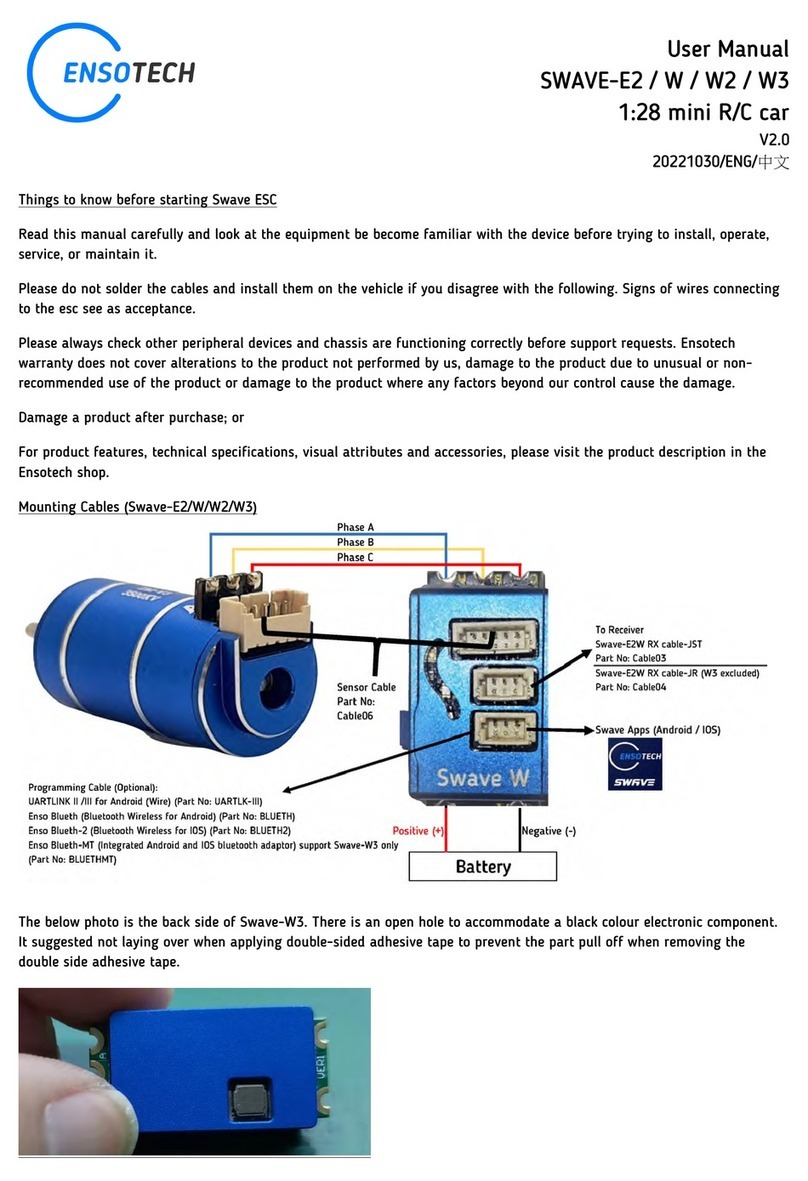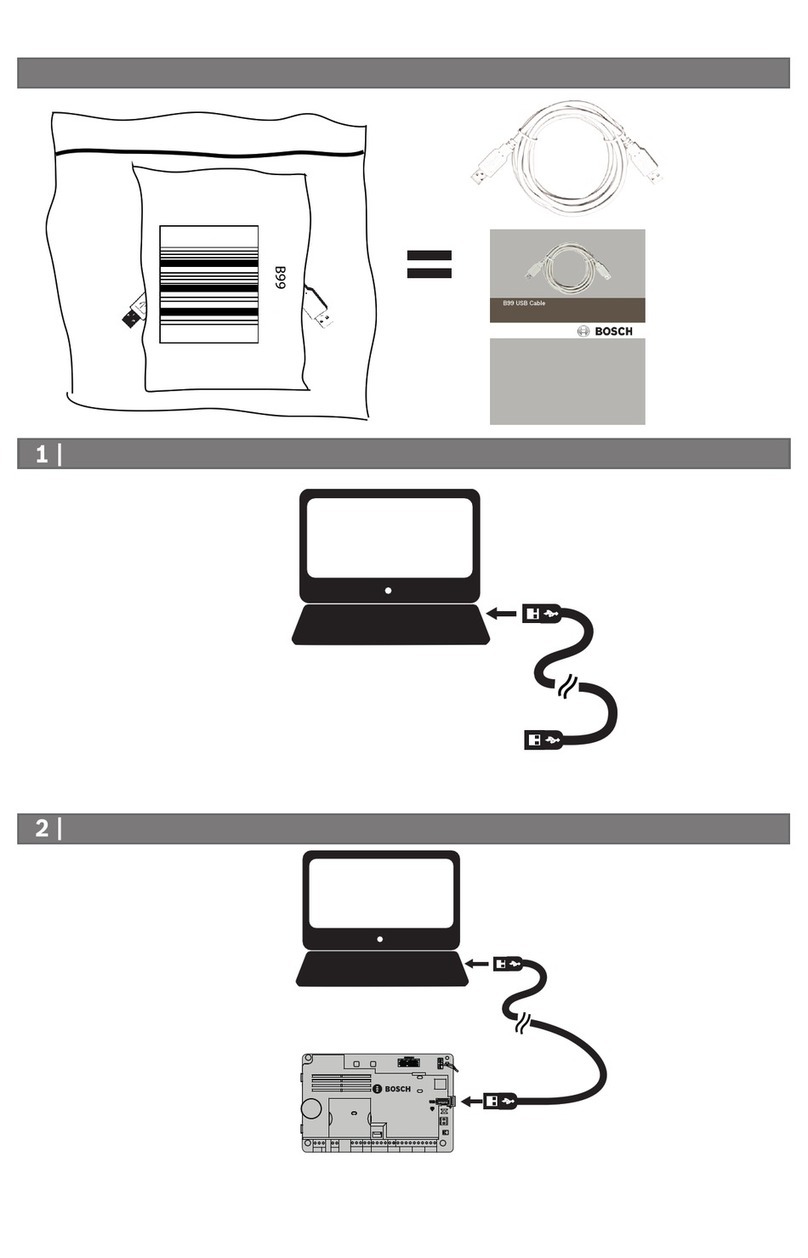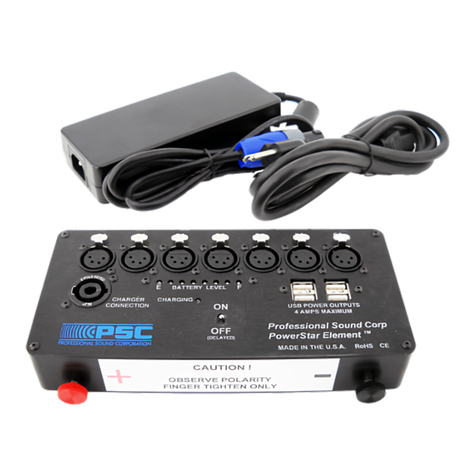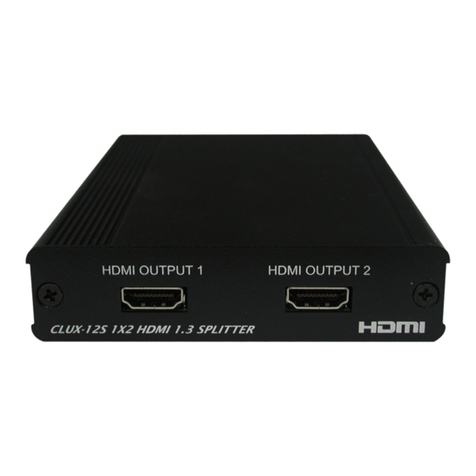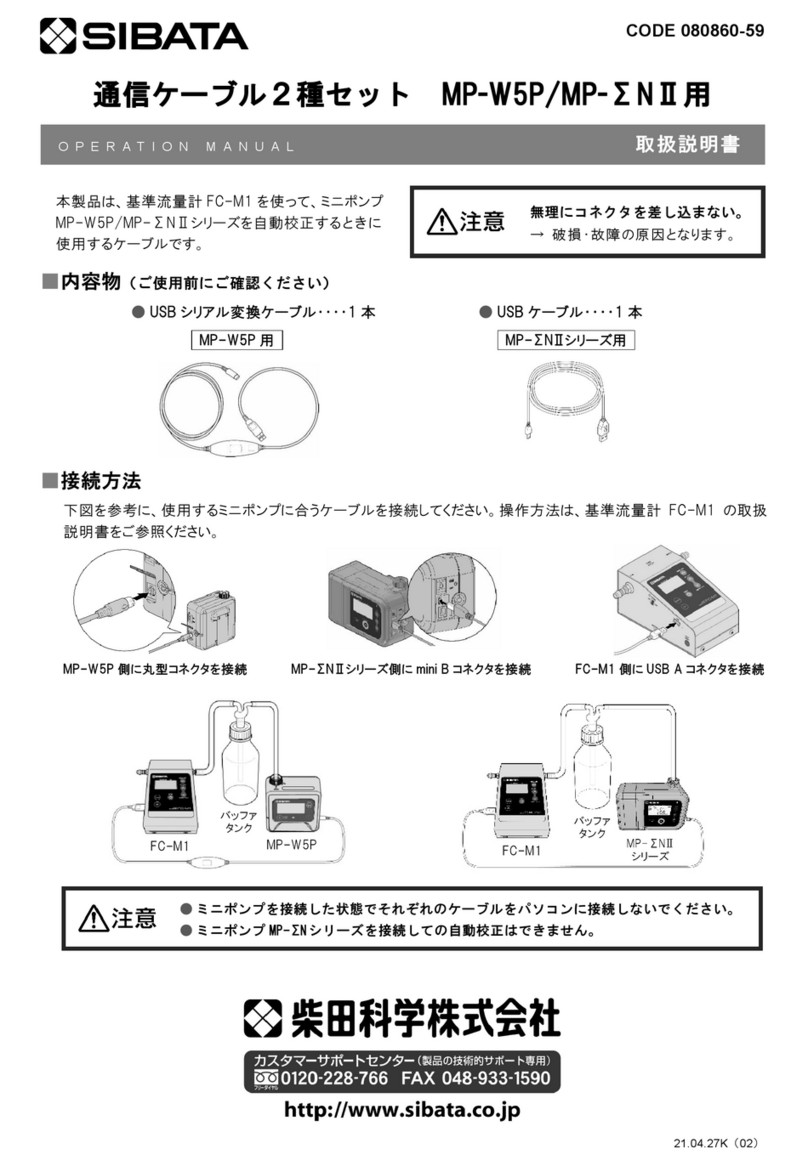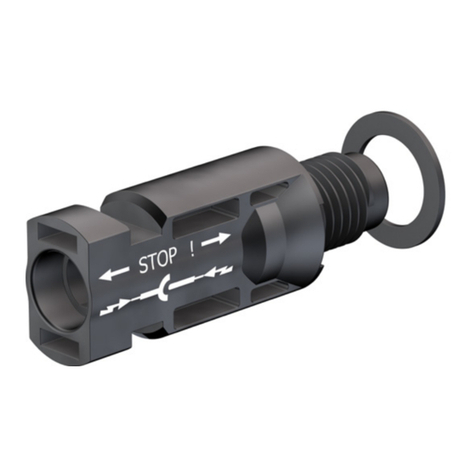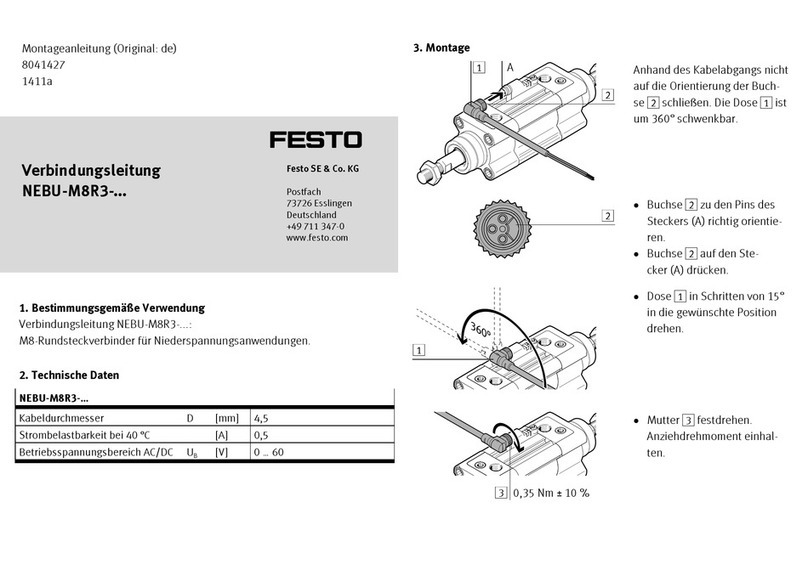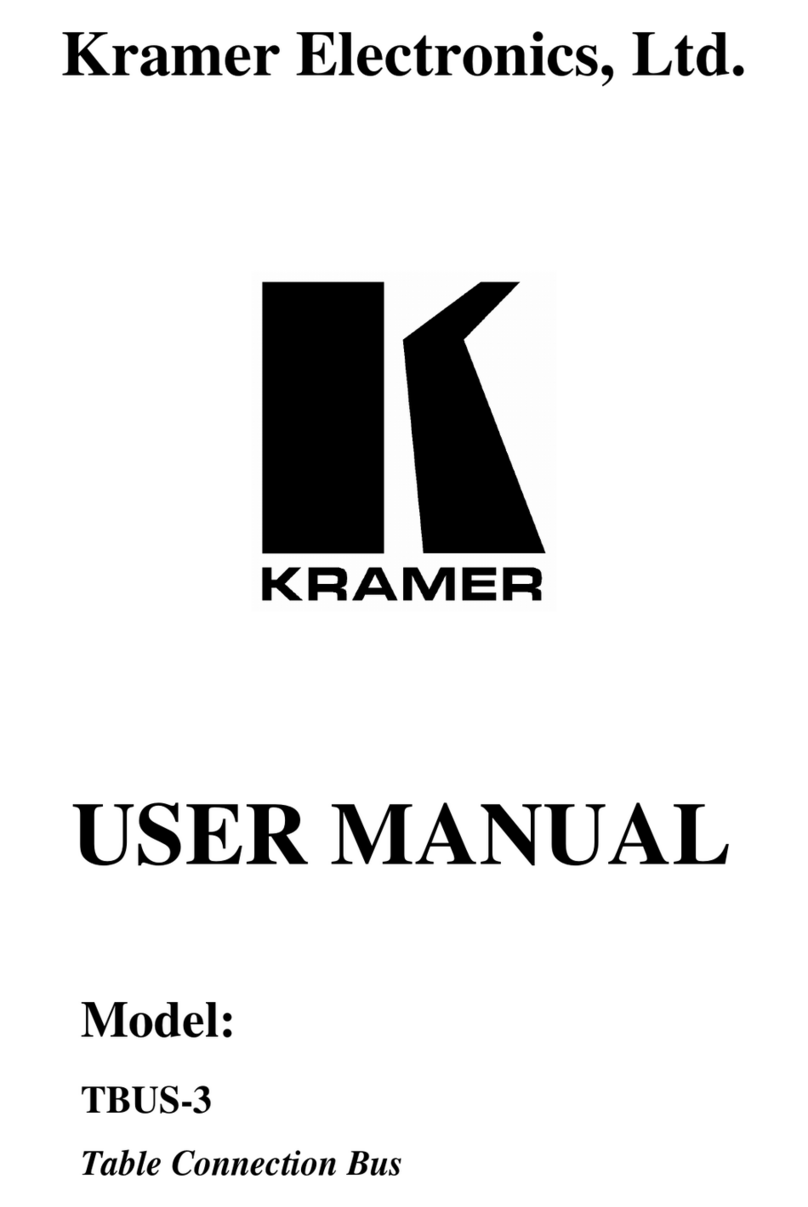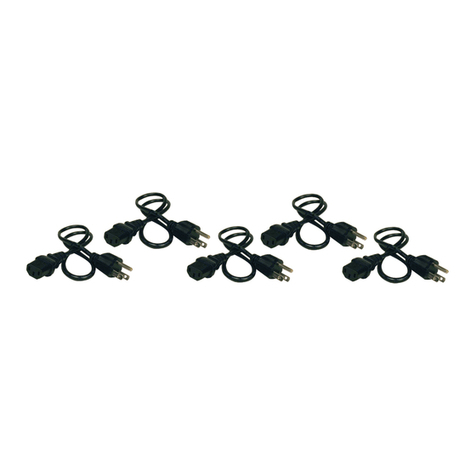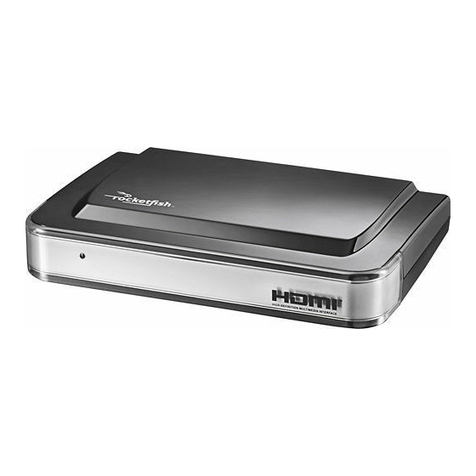ENSOTECH MR-30 User manual

Increasing the efficiency of your electronic power system
MR-30 AMASS connector on mini scale R/C
In the past 6 months we’ve even seen many drivers use different methods trying to increase
the performance of their electronic power system, such as using an external capacitor, higher
grade cable, higher discharge rate batteries and others. However, they still struggle in
achieving a positive result.
To achieve the best efficiency of an electronic power system, a good current flow is required
from the power source to the ESC as well as to the motor. Any element (e.g. low quality
material / weak and loose connection) disrupts this flow, and this obstruction results in a
decrease in the final power output.
Instead of wasting money and many hours of unnecessary work to get un-significant results, a
simple and bargain battery connector could take your car to next level!
Although micro JST type battery connectors are the actual norm in 1/28 and other micro
scale racing, these connectors can no longer satisfy today’s micro racers’ needs. Micro JST
type battery connectors were initially (and most probably) engineered for balance charging
lithium type batteries. But in no way were they supposed to serve as the main ‘power
bridge’ between the power source and an ESC. This is also proven in the larger scale R/C
applications, where a separate connector type is used to ‘bridge’ the main power flow to the
ESC, and the JST connector is also available to be used to balance charge the lithium battery.

The Micro JST type connector’s structure is only a tiny metal pin inside the plastic connector.
This tiny contact area and low quality material has high resistance (high resistance=poor
performance!).
To test the differences between JST and high-performance connectors, we picked a ‘MR-30’
power connector from a brand called ‘Amass’ which is a connector commonly used for R/C and
easily to find from local stores. According to the factory specification the MR-30’s specs is
an overkill for 1/28 scale needs, however has a reasonable weight and size that is still
acceptable for our mini scale racing (without physically obstructing the vehicles operation).
In addition, it has good safety features, which will be detailed later in this article.
As shown in above photo, the grey color cover to position each cable, protect and isolate the
soldering area to prevent short circuit.

For our experiment we took a battery which has been used hundreds of times, over a period
of one year. We then connected the battery to a high-end charger to see any difference.
The left photo shows the battery with micro JST type connector, which has a high internal
resistance (mΩ) and an imbalance between cell 1 and cell 2. Right photo shows the same
battery using a MR-30 connector.
micro JST type connector
MR-30 connector
The left photo shows the battery voltage with micro JST type connector and portrays an
unstable voltage flow. Right photo shows the same battery using a MR-30 connector – much
more stable voltage flow.
micro JST type connector
MR-30 connector

Furthermore, the MR-30 features gold plated connectors and a bigger surface area as a contact
patch compared with a JST pin.
The MR-30 connector also prevents reverse polarity connection, due to its housing design.
In this experiment, we solder the female side on battery (some people may call it male side).
We use the female side on the battery to prevent any short in the circuit, in case any
conductive object is dropped inside.
When equipped with the MR-30 plug, the same test car was able to complete 3 extra laps in
comparison to the micro JST type setup (test was performed on a 10 sec. lap time track). It
also felt punchier and had a more aggressive response. Additionally the voltage fade through
the pack was not as apparent as with the micro JST type connector (peak performance lasts
much longer).
In summary, this is not a detailed study but definitely gives an idea to understand the
differences between a good and weak power flow or power bridge in a power system.
Definitely not a feature to be ignored, for a racer wanting to squeeze every little bit out of their
system.

Unfortunately the only weak point is that this connector does not have any indications or
markings to identify the position of each cable, so it is easy to get confused or go wrong. You
should take extreme caution to insure you install the connectors in a consistent manner
(positive and negative leads match up to each other).
Not respecting this and careless installation could damage every electronic component even
causing explosion. If you are not confident please seek professional help and guidance.
Do you think this connector is a little bit too big and heavy? Don’t forget to compare to your
previous power system, with the Swave ESC, which is already much smaller and saves space
and less in weight!
To know more about this connector and where to buy it, simply do a google search. You will
find dozens of links and shops selling them (search word: ‘MR-30 AMASS connector’).
Enjoy your racing!
As an electronic system solution provider, Ensotech always keeps searching for the best.
Disclaimer
The experiment, research and study in this article was done by a professional, it is not a toy
and must be handled by adults. Understanding of R/C electronics and known to do a proper
soldering is critical. You must realize an un-proper work may cause explosion, personal
injured, damage of equipment even losses of your facilities. If you are not certain never try to
do it yourself, always consult and handle by professional. Wrong priority connection do not
covered by Ensotech warranty, warranty terms and conditions was listed inside the manual.
This article is not encouraging customer to follow, purpose of sharing experience only.
Trademarks, images, copyrights, brand names, product in this article is the property of their
respective owners. The depiction of some products and images are for demonstration
purposes only.
Ensotech Limited disclaim any liability, loss and damage in the connection with the use of
information directly or in-directly in this article.
Table of contents
Other ENSOTECH Cables And Connectors manuals
Popular Cables And Connectors manuals by other brands

SC&T
SC&T GL001HP user manual
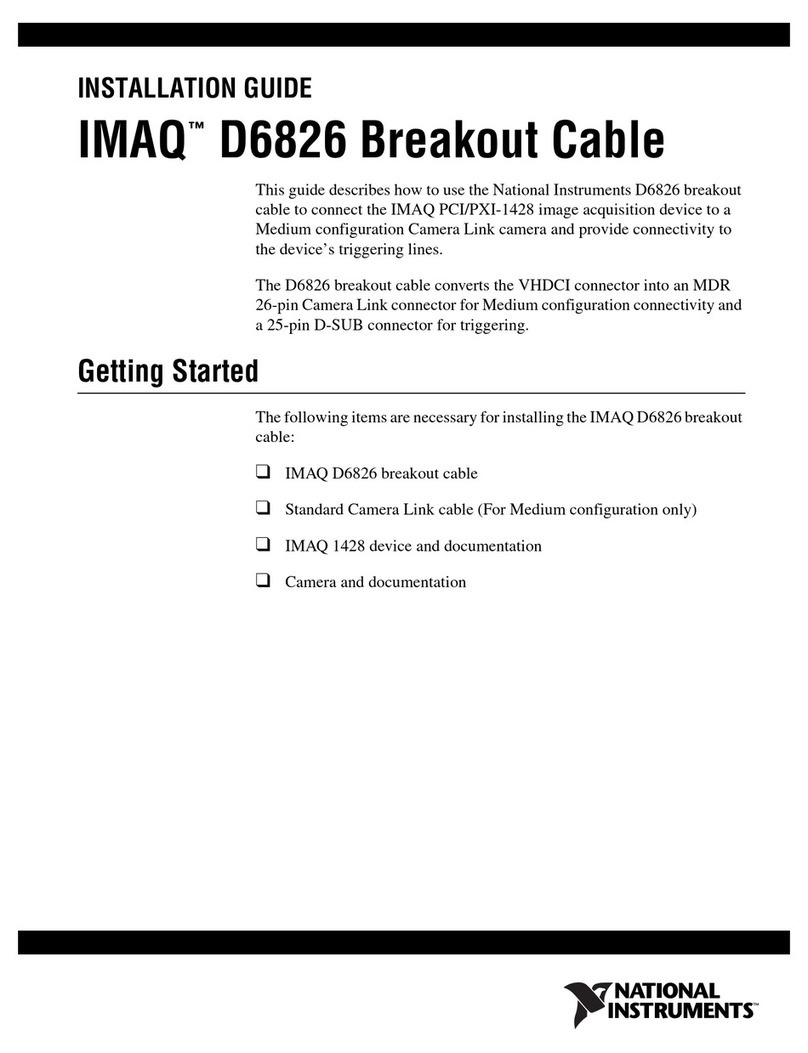
National Instruments
National Instruments IMAQ D6826 installation guide
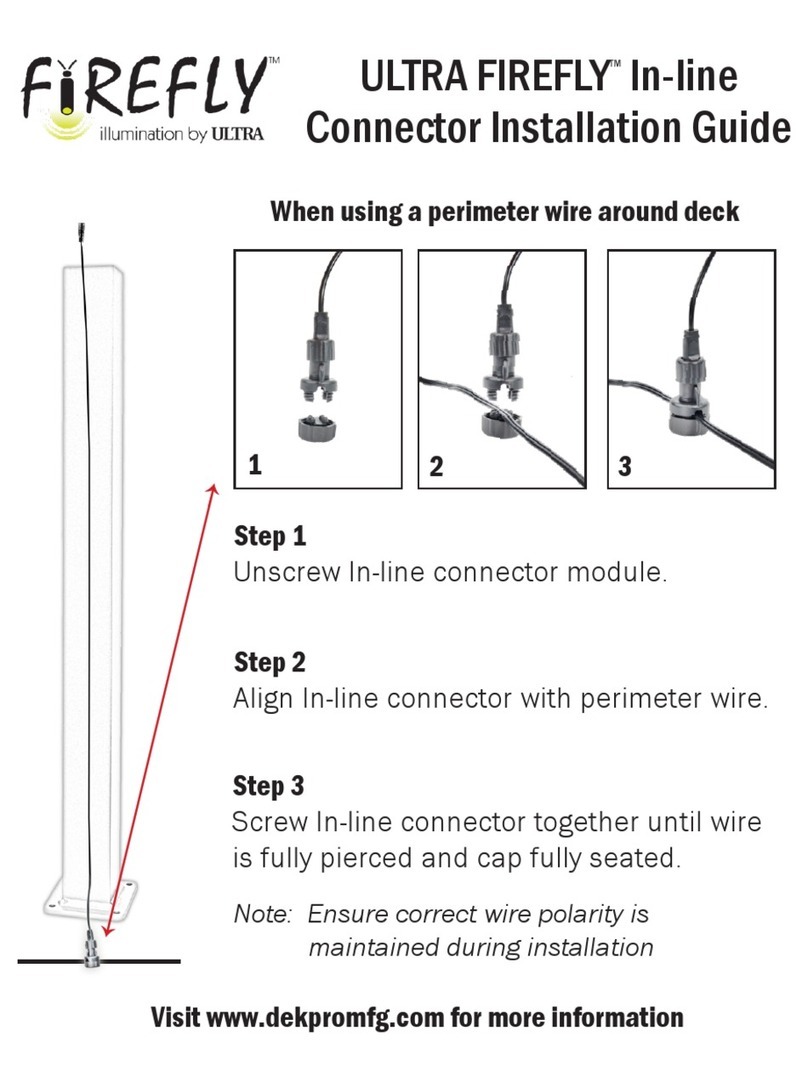
Ultra
Ultra FIREFLY In-line installation guide

Cathrein
Cathrein UFS 800 quick start guide
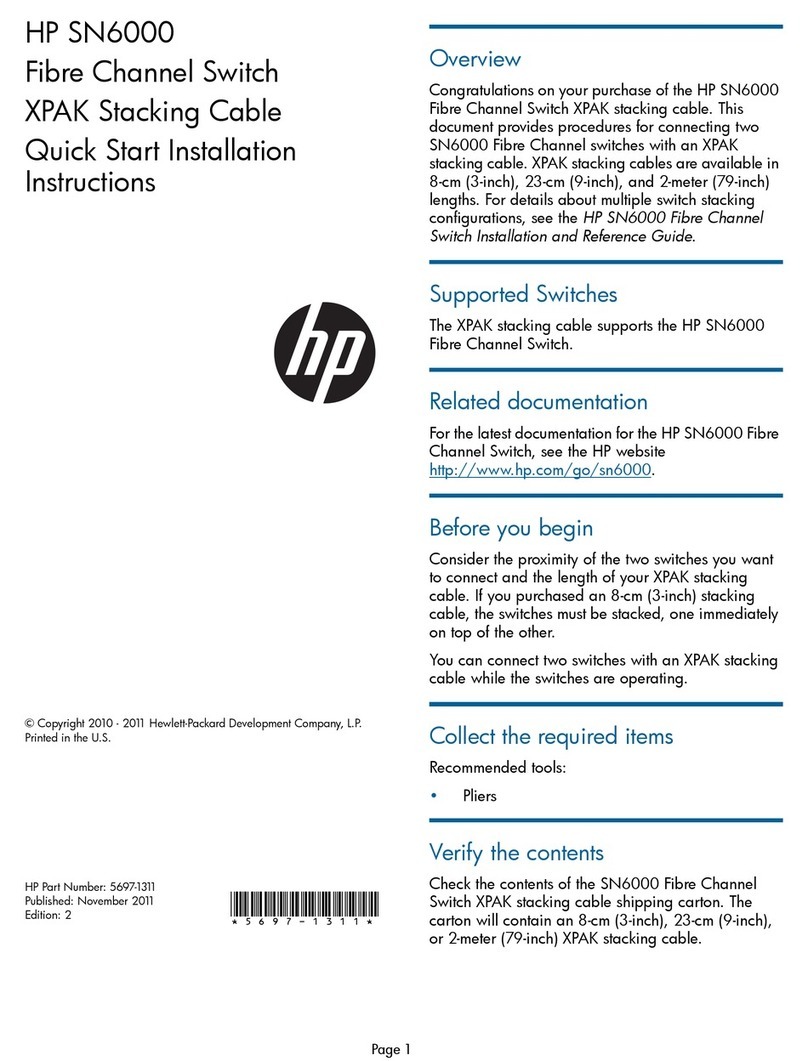
HP
HP StorageWorks SN6000 Quickstart installation instructions
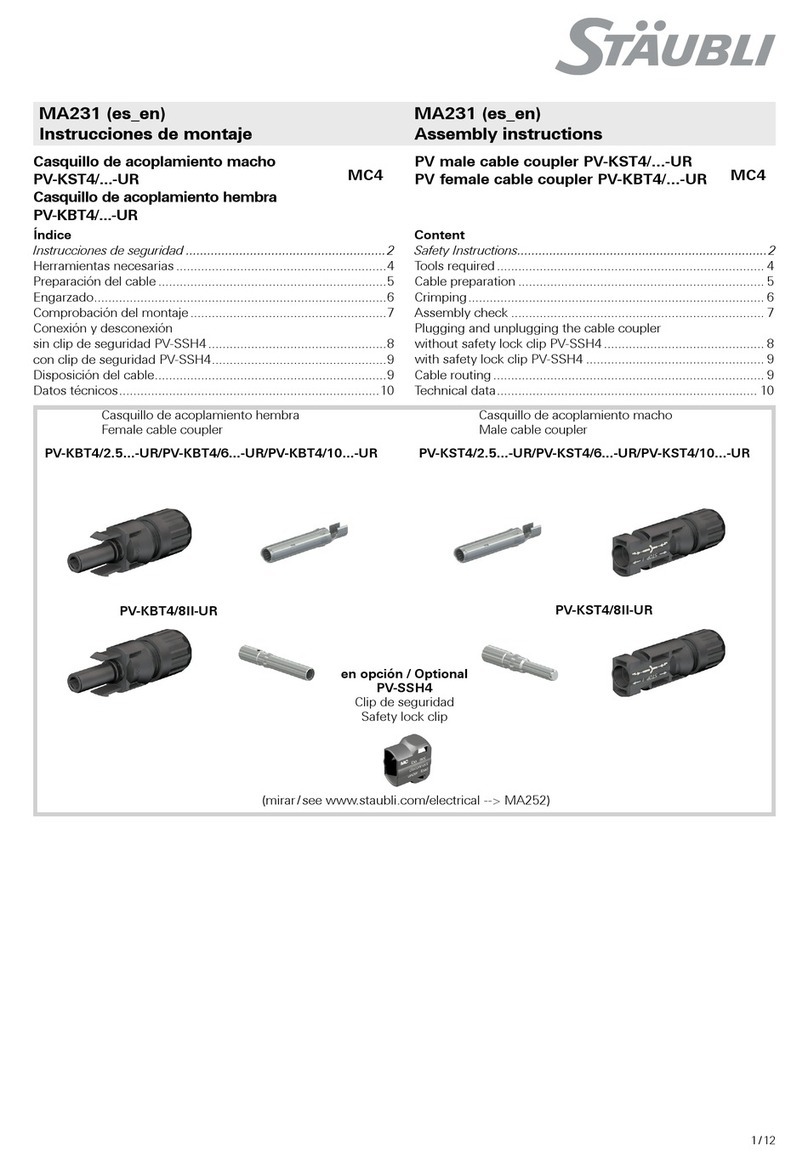
Staubli
Staubli PV-KST4 UR Series Assembly instructions
